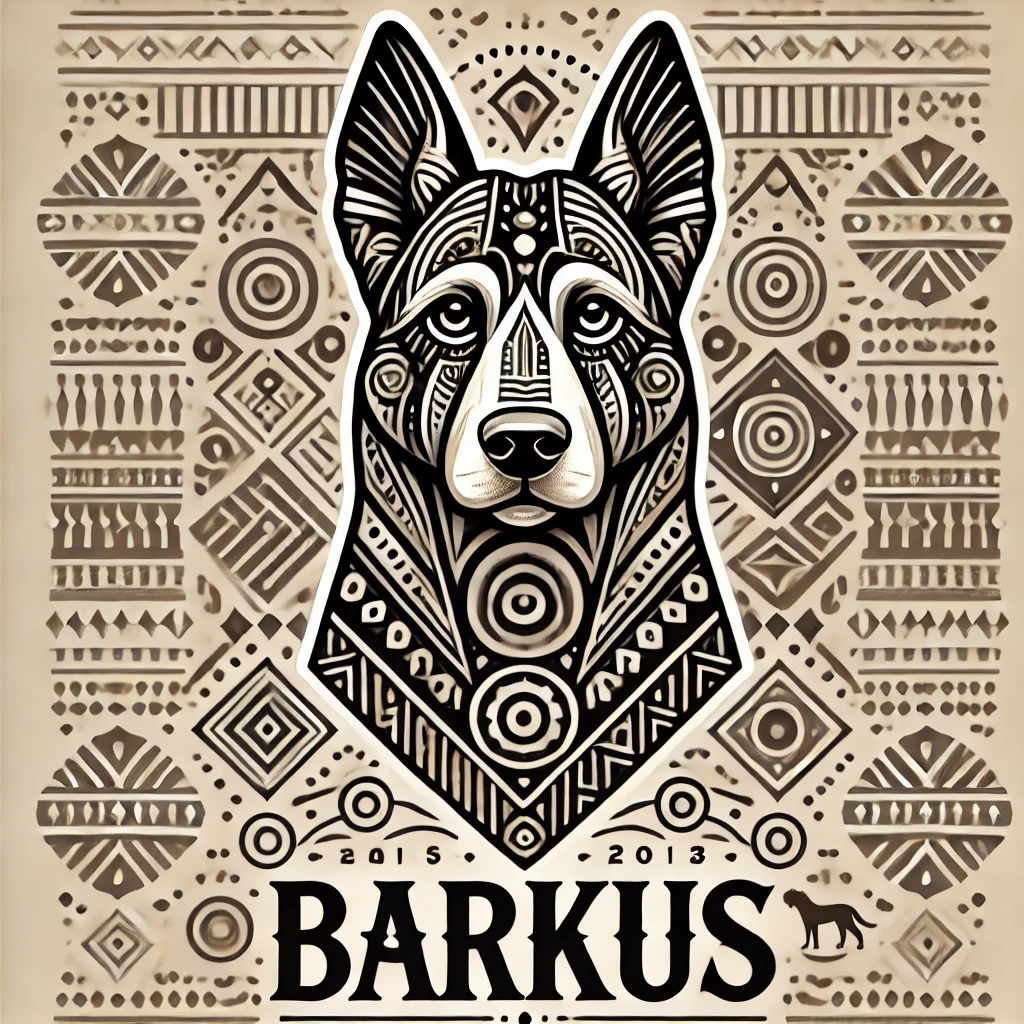Griseous
- Barkus

- Jun 3
- 2 min read
Updated: Jul 2
In the absolute black and white demarcations between good and evil, light and darkness, the reality of it all is Griseous. Not gray, not compromise, not lukewarm ambiguity, but Griseous: a heavy, haunted color born where absolutes collapse. It is the hue of aftermaths and reckoning, the shade cast by wings once white, now singed, still trying to fly.
Griseous is not the failure of virtue, nor the triumph of vice. It is the ache of those who tried to do good and failed without giving up. It is the prayer of the almost-redeemed, the whisper of a soul that knows better and still falters. It is where mercy lives—not as a clean gift, but as a bruised offering wrapped in trembling hands.
This is the space between sinner and saint, where forgiveness does not erase the wound but teaches it how to breathe. It is the place where light meets shadow and neither wins. Where the hero questions the script, and the villain weeps for the child they used to be.
Griseous is the color of real humanity, not the polished sermons or sharp declarations of purity. It’s what bleeds from certainty when the world breaks it open. It is the voice inside that says, I do not know what is right, but I will try to be kind anyway.
In Griseous, love doesn’t save everything. But it still chooses to stay. And maybe that, more than glory, is what redeems.
This is the sacred middle, the space between extremes where transformation truly lives. Not in the blinding light nor the consuming dark, but in the ash-laced dawn, where contradiction is not weakness but truth laid bare.
Griseous does not promise clarity. It offers something harder: honesty.

